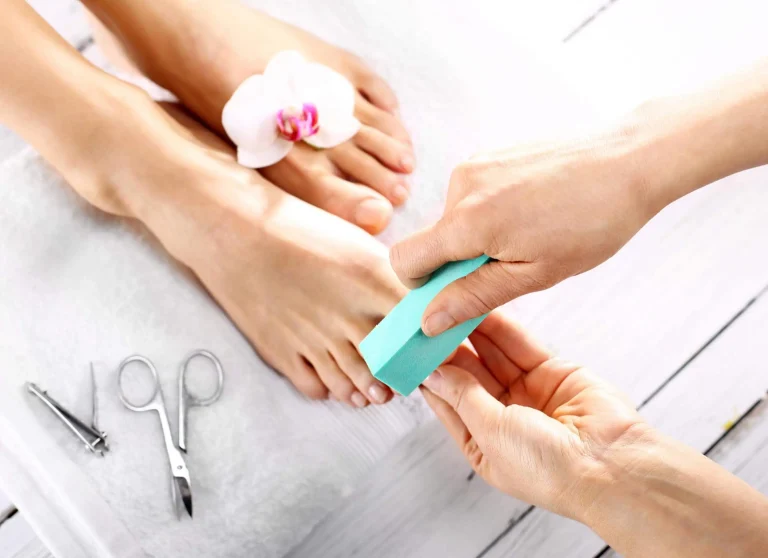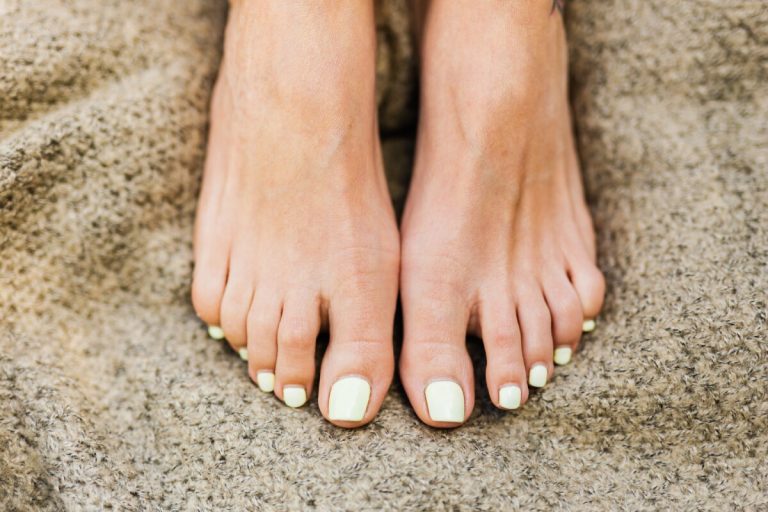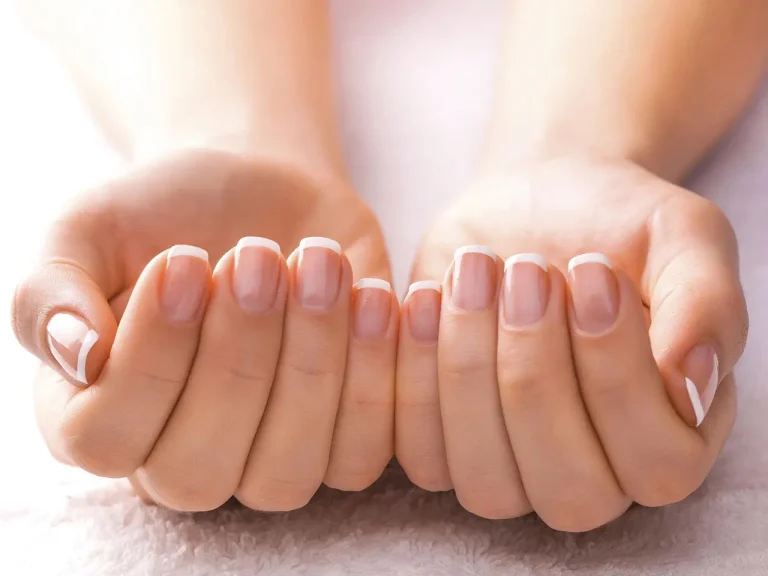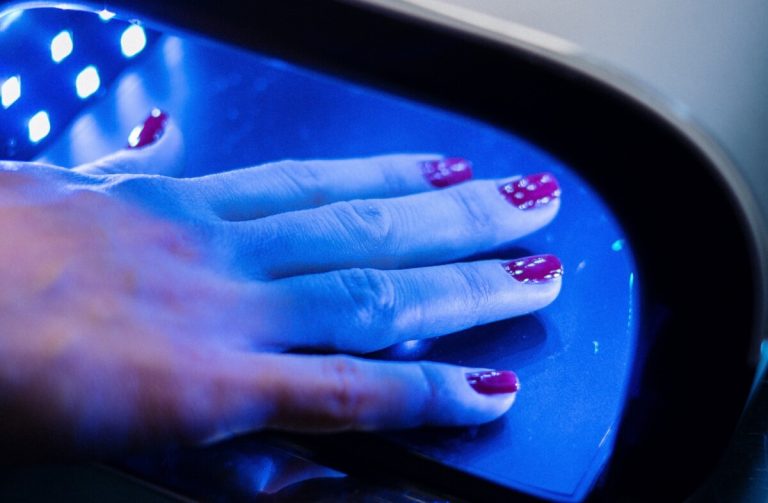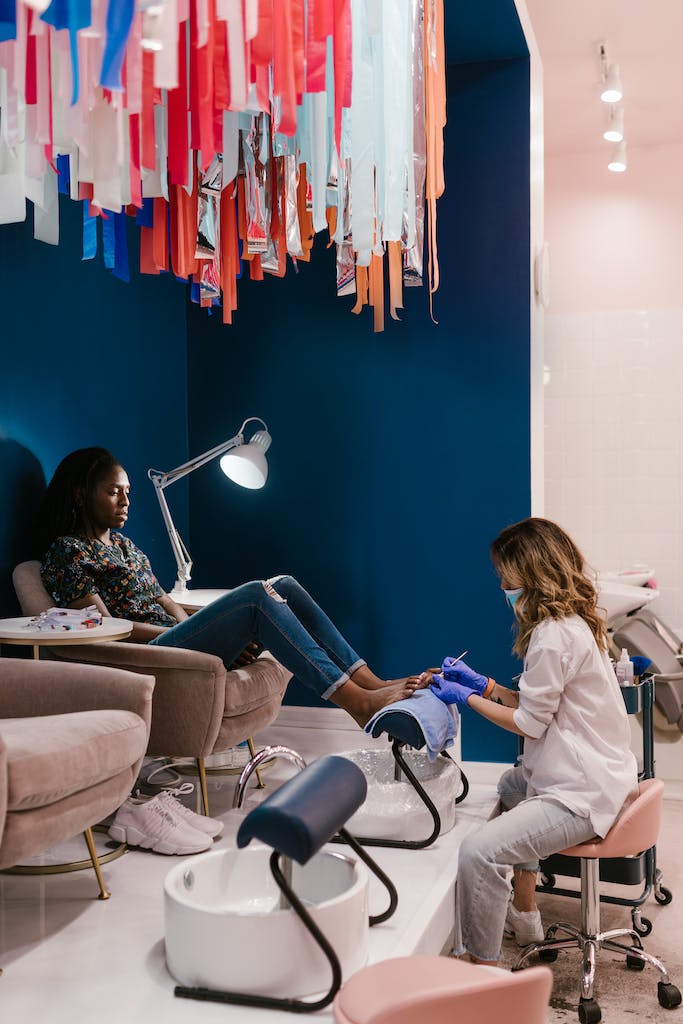Green Fungus Under Acrylic Nails: Causes and Treatments
Acrylic nails can be a fun way to decorate your hands, but they also come with risks. One issue that can arise is green fungus growing underneath the artificial nails. This fungal infection leads to discoloration, brittleness, odor and even pain in the nail bed.
In this article, I’ll cover the signs of green fungus under acrylics, what causes it, home remedies and medical treatments, and tips to prevent fungal growth.
Acrylic nails are plastic extensions applied on top of your natural nail using liquid monomer and polymer powder. The acrylic hardens into a protective shield that can extend your nails and allow for polished designs. However, acrylic nails can trap moisture against the nail bed, creating an environment for green fungus to grow.
Fungal infections under acrylic nails often start as a green, black or yellow discoloration along the nail edge. The fungus can spread across the entire nail, causing brittleness, foul odors and pain if left untreated. While the infection is usually not serious, it can permanently damage nails. Getting rid of fungus requires removing acrylics, topical antifungal treatment and prevention steps to stop reoccurrences.
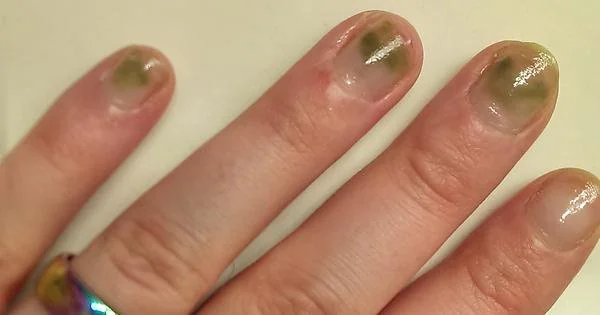
Signs of Green Fungus
Contents
Here are the common symptoms that point to a fungal infection under acrylic nails:
- Discoloration – Green, black or yellow streaks or dots under the tip of the nail. This is the first indication of fungus.
- Brittleness – Fungal infection damages the nail structure, causing acrylics to crack and split easily.
- Odor – A foul, yeasty smell under nails affected by fungus.
- Pain or soreness – If the fungal infection is severe, it can cause pain and swelling around the cuticles.
These symptoms usually start at the free edge of the nail and spread towards the cuticle as the infection progresses. Leaving green fungus untreated allows it to penetrate deeper into the nail bed.
Causes of Fungal Infections
What leads to fungal growth under acrylic nails? Here are the main causes:
- Moisture trapped under nails – Acrylics seal in moisture against the nail surface, creating a damp environment perfect for fungus.
- Reusing contaminated tools/polish – Shared nail files, clippers and unclean polish can transfer fungi between clients.
- Weakened nails from filing/acetone – Excessive filing and acetone exposure from acrylic removal thins nails and makes them more prone to infection.
- Gap between natural and acrylic nail – A space between the acrylic extension and natural nail also allows moisture to be trapped.
The dark, humid area under acrylics allows fungi like dermatophytes to easily multiply and penetrate the keratin layers of the nail.
Home Remedies
Before turning to medications, you can try these natural antifungal treatments for green fungus under acrylic nails:
- Tea tree oil – This essential oil has antimicrobial compounds like terpinen-4-ol that combat fungal and bacterial growth. Use a cotton swab to apply it twice daily.
- Apple cider vinegar – The acetic acid in ACV kills fungus and prevents further growth. Dilute it in water and soak nails for 15 minutes daily.
- Listerine – Mouthwash containing thymol hinders fungal cell processes. Dab it on green fungus patches.
- Baking soda – Create a paste with water and use it to gently scrub infected nails. Baking soda is alkaline and creates an unfavorable environment for fungus.
- Hydrogen peroxide – This can bleach nails and kill fungi with its oxidizing effect. Use a 3% solution once a day.
These at-home remedies help treat fungal infections. However, severe or recurring cases may need medical intervention.
Medical Treatments
For stubborn green fungus that won’t clear with natural remedies, visit a doctor for prescription medications:
- Prescription antifungal medications – Oral antifungals like terbinafine, itraconazole and fluconazole as well as topical nail lacquers with ciclopirox or amorolfine can treat fungal infections.
- Removal of infected nail – In severe cases, the nail may need to be partially or fully removed so medication can access the fungus under the nail bed.
The doctor may also send nail clippings for a laboratory test to identify the type of fungus causing the infection. Treatment typically needs to be continued for several weeks, even after symptoms resolve, to ensure the fungal infection is eradicated.
Prevention Tips
Preventing fungal growth under acrylic nails is better than treating an existing infection. Here are proactive tips:
- Allow nails to breathe – Take occasional breaks from acrylics so air can reach the nail bed. Also avoid very lengthy extensions.
- Sanitize tools – Disinfect nail files, buffers, cuticle clippers, etc. between uses to avoid transferring fungus.
- Avoid water trapping – Don’t immerse hands in water for long periods and dry hands thoroughly after washing.
- Take breaks from acrylics – Give nails time to recover in between acrylic sets.
- Apply antifungal polish – Use a clear base coat polish that contains antifungal ingredients.
Follow proper acrylic application and nail care techniques to stop fungus from developing under your manicure. Pay attention to early signs of green discoloration and treat them promptly before infection worsens. With vigilance and proactive fungus prevention, you can enjoy beautiful acrylic nails.
Conclusion
Inadequate sanitation and trapped moisture during manicures are common causes of green fungus under acrylics. Telltale symptoms are green/black discoloration, brittle nails, odor and pain. Home remedies like tea tree oil, vinegar, mouthwash, baking soda and hydrogen peroxide can help mildly infected nails. For severe or recurring cases, prescription antifungal medication and nail removal may be necessary.
Prevent fungal infections by limiting moisture, sanitizing properly, taking breaks from acrylics and using antifungal base coat. Paying attention to the earliest signs of green fungus and taking prompt action is key to treating acrylic nail infections. With vigilance, you can keep fungi at bay and flaunt gorgeous, extended nails.

Founded by Sophia Rodriguez, IGXO Cosmetics is a PETA-certified, cruelty-free, and vegan makeup brand.
